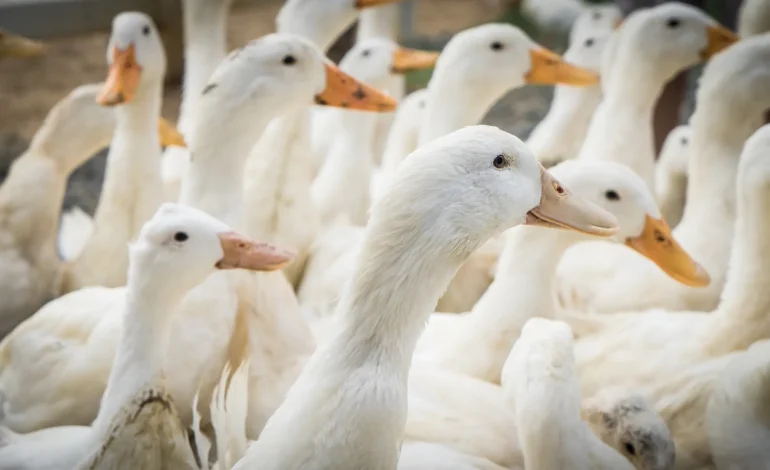In late January, the World Organization for Animal Health (WOAH) confirmed the first US cases of H5N9 avian influenza, discovered on a duck farm in California.
This development has raised concerns among scientists and health experts, particularly against the backdrop of widespread outbreaks of the H5N1 strain in poultry and mammals across the country.
According to Michael Osterholm, director of the Center for Infectious Disease Research and Policy at the University of Minnesota, avian influenza is spreading at unprecedented levels.
“We’ve never seen a global spread of avian influenza like this,” he said.
Osterholm noted that North America’s approximately 40 million migratory waterfowl are likely carriers of the virus, spreading it through their droppings.
The US Department of Agriculture recently confirmed over 80 detections of highly pathogenic avian flu in wild birds across 24 states between late December and mid-January. Additionally, outbreaks in poultry have affected hundreds of thousands of birds in Washington State alone, with cases in other mammals, including raccoons, skunks, and bobcats.
The H5N9 strain has not been commonly found in poultry, according to Eman Anis, a veterinary expert at the University of Pennsylvania. Research indicates that it is a combination of multiple avian flu strains, including H5N1, H7N9, and H9N2.
The emergence of H5N9 alongside H5N1 is concerning because influenza viruses can combine and mutate, potentially creating new strains with the ability to infect humans more easily.
“When you take risks, sometimes you get lucky,” said Dr. Ashish Jha, dean of the Brown University School of Public Health. “But that doesn’t mean it’s a good idea.”
Bird flu outbreaks have had significant repercussions for farmers, particularly in the poultry industry. Egg shortages and rising prices have become a growing concern for consumers, although experts stress that the likelihood of contaminated eggs reaching store shelves is low.
Veterinary health experts explain that commercially packaged eggs are washed and sanitized to remove potential virus particles. Additionally, sick birds typically stop laying eggs, reducing the risk of contamination in the food supply. Cooking eggs thoroughly to an internal temperature of 165°F eliminates any potential viral threat, according to the Centers for Disease Control and Prevention (CDC).
Scientists warn that a coordinated global strategy is essential to monitor and control the spread of avian influenza.
“Migratory waterfowl do not observe national boundaries,” said Dr. Jha.
He emphasized the need for multinational collaboration in disease surveillance.
Time, Axios, and the New York Times contributed to this report.








